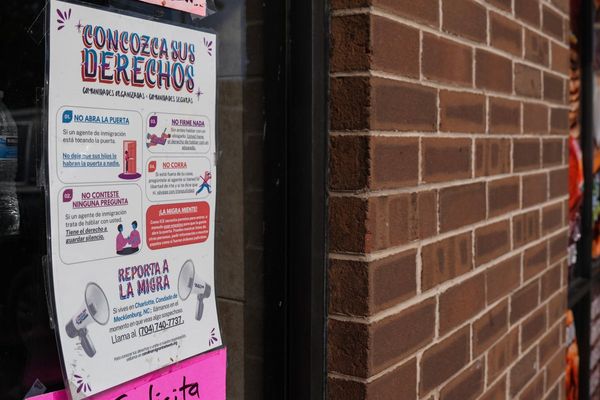
Chubby lambs gambolling over green grass – surely that’s a scene which belongs to spring? But here they are, leaping and bouncing on a sunny hilltop in November.
Autumn lambs have been a familiar part of country life in these parts for hundreds of years. As far back as the 17th century, sheep from west Dorset and south Somerset were renowned for their ability to lamb out of season, due to a genetic quirk which somehow arose in the region. With careful planning, healthy ewes could have three pregnancies in 24 months.
They became a registered breed during the Victorian era. Local shepherds vied to name it after their own county, and Dorset won: in 1891 farmers near Bridport established the Dorset Horn Sheep Breeders’ Association and attracted the patronage of the queen herself.
The lambs I see playing here are part of the longest-established Dorset Horn flock in the world, first registered in 1906 by Frederick Fooks. It is now managed by his great-grandson, Francis, who runs the farm with his brothers and nephews.
As I watch, Francis sends his young border collie, Bea, racing in an arc to bring the animals closer. About a third of the adults have horns that spiral downwards in front of their ears like scaly ammonites. Those without horns are Poll Dorsets, a closely related variant originally created in Australia by crossing imported Dorset Horns with other pedigrees.
“The Polls are easier to manage,” Francis explains, “they don’t get hooked up on things, or bash you in the legs. But there’s something about the Horns; they are very pleasing to the eye.”
Both types have white faces and distinctive rosy nostrils and lips, a genetic legacy of the now extinct pink-nosed Somerset sheep that was lost in the rivalry of more than 100 years ago. These modern animals are chunky creatures, well upholstered with thick, creamy fleeces good for felting; some of their wool goes to a specialist firm in Yorkshire to make biodegradable coffins.
Born in September, the lambs have already grown large and sturdy. By the time they are weaned in January, lambing will have started again with the other portion of the flock, but this time the scene will be more commonplace.
• Under the Changing Skies: The Best of the Guardian’s Country Diary, 2018-2024 is published by Guardian Faber; order at guardianbookshop.com and get a 15% discount







